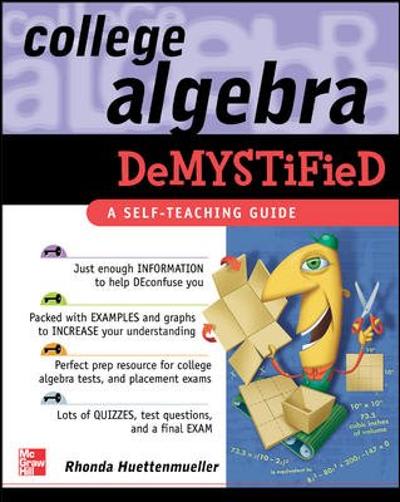Question
A confounding variable is a variable that is correlated with both the explanatory and response variables, but was not accounted for in the study. For
- Aconfounding variableis a variable that is correlated with both the explanatory and response variables, but was not accounted for in the study.
For each of the following, name a potential lurking variable and give a conclusion that is different than the one stated. For example, consider a media report that BMW drivers are healthier than adults who don't drive.The conclusion that BMW cars cause better health is probably wrong.Here is a better conclusion:BMW drivers tend to be wealthier than adults who don't drive, and greater wealth is associated with better health.
a) In a study of cold symptoms, every one of the study subjects with a cold was found to be improved two weeks after taking ginger pills. Conclusion:Ginger pills cure colds.
b) A study showed that in Orange County, more speeding tickets were issued to minorities than to whites. Conclusion:In Orange County, minorities speed more than whites.
2.A statistics student who is curious about the relationship between the amount of time students spend on social networking sites and their performance at school decides to conduct a survey. Three research strategies for collecting data are described below. In each, name the sampling method proposed and any bias you might expect.
a) He randomly samples 40 students from the study's population, gives them the survey, asks them to fill it out and bring it back the next day.
The sampling strategy isSelect an answer
simple random
stratified
cluster
multistage
convenience
volunteer
Correct
.
One potential bias is.
b) He gives out the survey only to his friends, and makes sure each one of them fills out the survey.
The sampling strategy isSelect an answer
simple random
stratified
cluster
multistage
convenience
volunteer
Correct
.
One potential bias is.
c) He posts a link to an online survey on his Facebook wall and asks his friends to fill out the survey.
The sampling strategy isSelect an answer
simple random
stratified
cluster
multistage
convenience
volunteer
Correct
.
One potential bias is.
3.Read the article "The School Bully is Sleepy[+]" and the abstract following it, then answer the following question. Theoriginal studycan be found at the NCBI (The National Center for Biotechnology Information) website.
The article mentions that "The researchers found that children who had behavioral issues were twice as likely to have shown symptoms of sleep-disordered breathing, like snoring or daytime sleepinesss." That statement was based on the following table:
SDBNo SDBTotalConduct problems3377110No conduct problems32199231Total65276341
a) What proportion of those children with conduct problems had symptoms of sleep-disordered breathing?
b) What proportion of those children with no conduct problems had symptoms of sleep-disordered breathing?
c) What is the ratio of the proportions of symptoms of sleep-disordered breathing between those with conduct problems and those without?
Hint: Part (c) is asking you to take your answer in part (a) and divide by your answer in part (b).
Step by Step Solution
There are 3 Steps involved in it
Step: 1

Get Instant Access to Expert-Tailored Solutions
See step-by-step solutions with expert insights and AI powered tools for academic success
Step: 2

Step: 3

Ace Your Homework with AI
Get the answers you need in no time with our AI-driven, step-by-step assistance
Get Started


